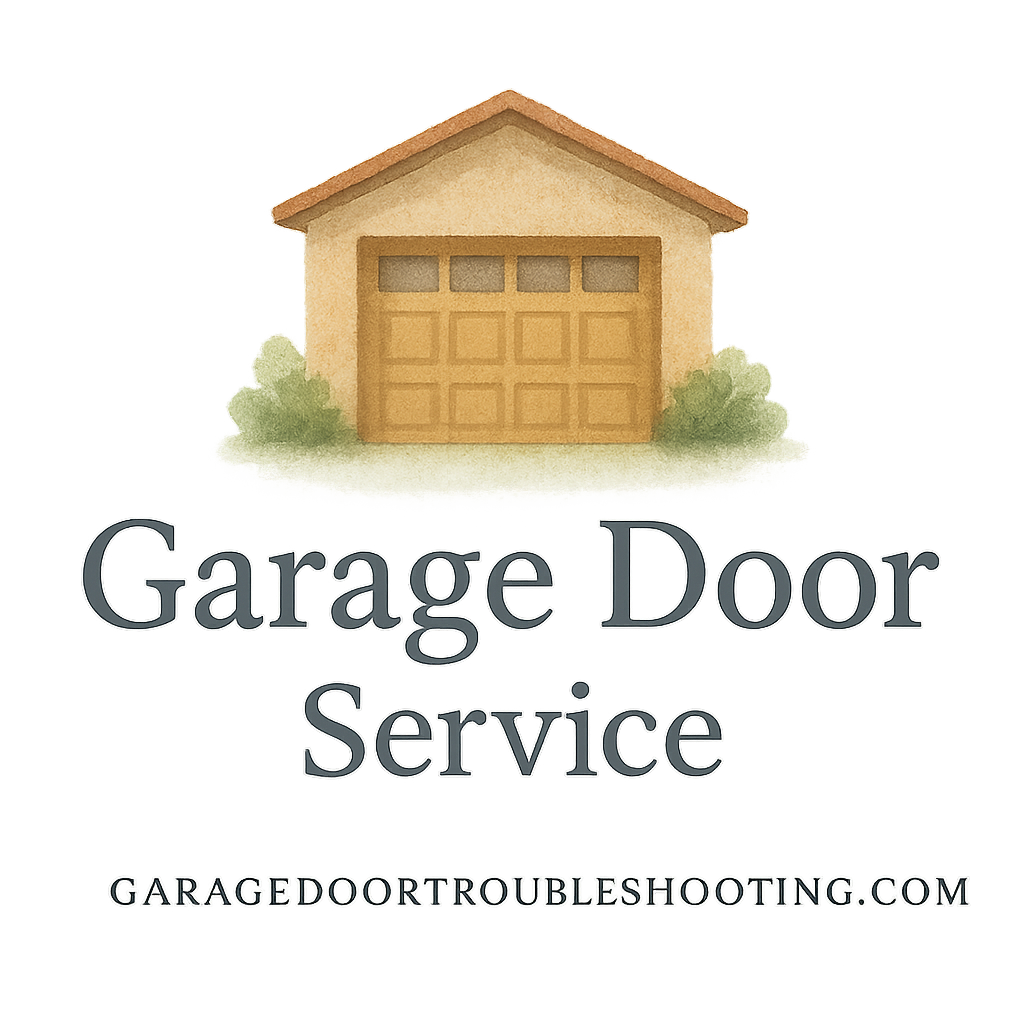If your garage door is acting up, one of the most common culprits is the garage door sensor. These tiny devices are critical for safety, but they can be tricky when they stop working correctly. In this article, we’ll walk through 10 quick sensor tests for garage door repairs—simple steps you can take to figure out whether it’s a small DIY fix or something that requires a professional.
Before diving in, remember that your garage door isn’t just a convenience—it’s part of your home’s security and your family’s safety.
Why Garage Door Sensors Matter
The Role of Sensors in Garage Door Safety
Garage door sensors prevent the heavy door from closing on objects, pets, or people. When they detect something in the way, they send a signal to reverse the door’s movement. Without them, a garage door could be a real hazard. Learn more about garage door safety and security.
Common Problems with Garage Door Sensors
From dust and dirt to wiring issues, sensors can run into multiple problems. The good news? Most of these can be identified with a few simple tests before you jump to expensive repairs.
Preparing for Garage Door Sensor Tests
Safety Precautions Before Testing
Before touching anything, make sure you:
- Disconnect the opener from the power source if working on wiring.
- Keep children and pets away (see more on childproof precautions).
- Use protective gloves if handling wires or tools.
Tools You May Need
Most sensor tests require little more than a clean cloth, screwdriver, and flashlight. For wiring checks, a multimeter comes in handy.
10 Quick Sensor Tests for Garage Door Repairs
Here are the step-by-step checks you can do:
1. Check for Obstructions in Sensor Path
Look for toys, leaves, or debris between the two sensors. Even something tiny can block the beam and stop the door from closing.
2. Inspect Sensor Alignment
Sensors must face each other perfectly. If bumped, even a slight misalignment can break the connection. Adjust them until the indicator lights stabilize.
3. Clean Dust and Debris from Lenses
Dirty lenses act like sunglasses—blocking or distorting the beam. Wipe them gently with a soft cloth.
4. Verify Sensor Power Supply
Make sure the sensors are getting power. If one light is off, you may have a power or wiring issue.
5. Look for Wiring Damage
Rodents, moisture, or simple wear and tear can damage sensor wires. Follow the wires from the sensor to the opener for any frays or cuts.

6. Test Sensor Indicator Lights
Most sensors have LED lights. A steady light means it’s working; a blinking one usually signals misalignment or interference.
7. Check the Wall Control Panel
Sometimes, the issue isn’t the sensor but the control panel. Test the button directly—if the door won’t close with the panel, sensors could be at fault.
8. Reset and Recalibrate Sensors
Unplug the opener for 30 seconds, then reconnect. This often resets the system and clears sensor errors.
9. Test with an Object Blocking the Path
Place a box under the door’s path and try closing it. If the sensors work, the door should immediately reverse.
10. Test Garage Door Auto-Reverse Function
Stand clear, then use a sturdy object (like a piece of wood) to confirm the door reverses when contact is made. If not, it’s time to call in a professional.
Advanced Tips for Troubleshooting Sensors
When to Call a Professional
If wiring is damaged or the opener’s logic board fails, it’s best to rely on garage door services professionals. Complex electrical work isn’t a safe DIY project.
Avoiding Dangerous DIY Repairs
Garage doors are heavy and under tension. Learn more about dangerous repairs you should never attempt on your own.
How Regular Maintenance Prevents Sensor Issues
Benefits of Preventive Maintenance
Regular cleaning, inspections, and adjustments keep sensors in shape. Check out more garage door maintenance tips to keep your system reliable.
Creating a Garage Door Maintenance Plan
A maintenance plan helps homeowners avoid costly surprises. Learn more about structured care in our maintenance plan guide.
Choosing Professional Garage Door Services
What to Expect from a Service Provider
Good providers should offer inspections, alignment, cleaning, and replacement options. Read about finding the right garage door service provider.
Service Quality and Long-Term Contracts
Not all contracts are created equal. Check out details on service quality and how to get the best deal.
Conclusion
Garage door sensors are small but mighty—protecting your family and property from accidents. By running these 10 quick sensor tests for garage door repairs, you can catch issues early and decide whether it’s a simple fix or time for professional help. Stay proactive with maintenance, and your garage door will serve you safely for years to come.
FAQs
1. How often should I test my garage door sensors?
At least once a month, especially if you use the garage frequently.
2. What does a blinking sensor light mean?
It usually indicates misalignment or dirt on the lenses.
3. Can I bypass the sensors temporarily?
It’s not recommended—it compromises safety and could void warranties.
4. What’s the average lifespan of garage door sensors?
Typically 8–12 years, depending on use and maintenance.
5. Do all garage doors use the same type of sensors?
Most modern systems use photo-eye sensors, but designs vary by brand.
6. Is recalibration something I can do myself?
Yes, most openers allow a quick reset. If that doesn’t work, consult a pro.
7. What’s the cost of replacing faulty sensors?
On average, $50–$100 for parts, plus labor if you hire a professional.


